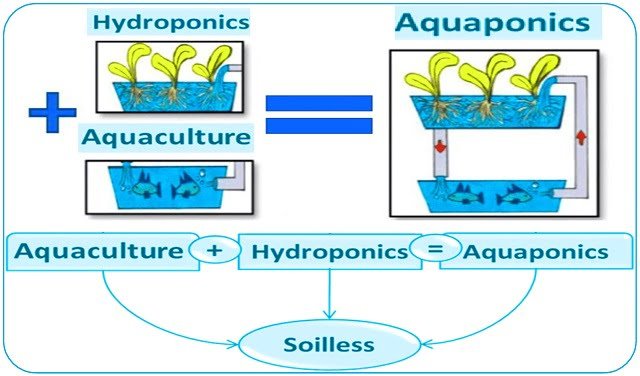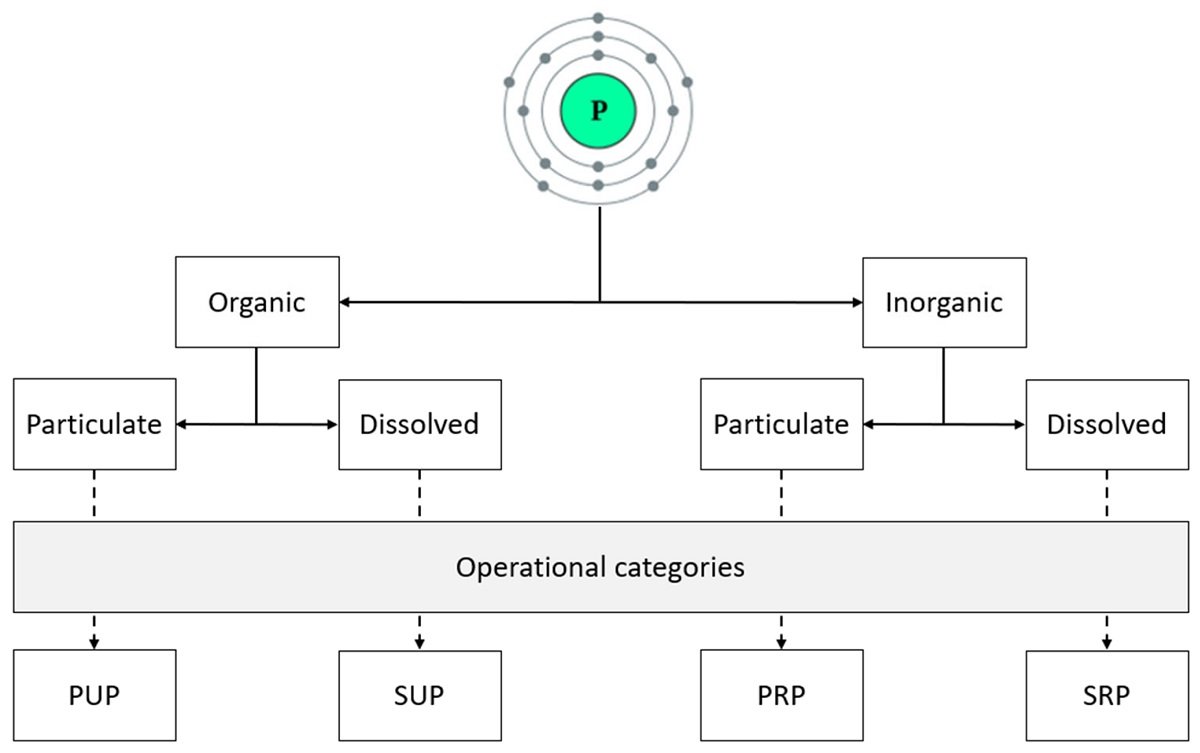
Biofloc technology offers a more efficient method of controlling water quality parameters, biosecurity, and food management. This technology harnesses the microbial community in the water column to assimilate nitrogenous waste and phosphorus.
In this context, researchers from the University of Galway and the National University of Ireland published a scientific review on the foundations of biofloc technology and identified areas for innovation and expansion.
According to the researchers, biofloc aquaculture research is dominated by studies using tilapia and shrimp, but the technology can be applied to other species, particularly species that are tolerant to biofloc conditions and are not carnivorous.
“The study will serve as a useful knowledge base of BFT information for students, researchers, and stakeholders alike, offering a central source of key aspects related to biofloc culture, key parameters, commonly used species, areas of potential improvement, and a discussion on where the future of BFT may lie,” the scientists report.
Concept of biofloc technology
The initial stage of biofloc technology involves the colonization of autotrophic microalgae, characterized by giving a green color to the water. As the system matures, a greater number of heterotrophic aerobic organisms, such as bacteria, rotifers, copepods, fungi, protozoa, and nematodes, establish themselves to form complex food webs.
Wastes produced in an aquaculture system can be categorized as solids or dissolved:
- Solid waste includes unconsumed feed, dead organic matter, and feces, including suspended and settled solids.
- Dissolved waste refers to byproducts produced by metabolism or decomposition.
Solid and dissolved wastes are continuously transformed by microbial processes in production systems.
Key aspects considered in biofloc
To create an optimal cultivation environment for biofloc, several key parameters must be considered, regularly monitored, and maintained.
Stay Always Informed
Join our communities to instantly receive the most important news, reports, and analysis from the aquaculture industry.
Importance of Microorganisms and Zooplankton in Biofloc
Biofloc systems are primarily composed of autotrophic micro/macroalgae, heterotrophic aerobic microorganisms, and zooplankton. The microorganisms present in biofloc are determined by the endemic species in the culture environment, microorganisms from the cultivated species, and nutrient inputs at the beginning.
The community of microorganisms in biofloc is essential for the success of the cultivation cycle. In biofloc, commensal and mutualistic relationships often occur between bacteria-microalgae and bacteria-bacteria, primarily manifesting on the tank walls or within the biofloc.
Requirements for the establishment of the biofloc community
A biofloc system is initiated each time a carbohydrate source is added to the culture water at a high initial C:N ratio of 10 – 20:1. This action promotes the activity of heterotrophic organisms and prepares the system for efficient removal of nitrogenous metabolites and phosphorus waste.
At this stage, the system can be inoculated with probiotic starter microorganisms, according to preferences. During biofloc development, microorganisms go through a series of successions until reaching a stable community composition.
Many carbohydrate sources have been promoted and evaluated in biofloc systems. One of the currently popular carbohydrate sources is molasses.
A biofloc system can be considered mature when the level of suspended solids reaches =5 mL L-1. At this stage, it is unnecessary to continue “feeding” the system at a C:N ratio >12:1; it is necessary to switch to a maintenance ratio of 8 – 12:1, depending on TAN levels and filtration mechanisms.
Production of Undesirable Substances in Bioflocs
While the microbial community in biofloc is capable of removing significant amounts of nitrogenous waste, it is also possible for undesirable metabolites to be released in the cultivation system.
Cyanobacteria and species like Actinomycetes sp. can release unwanted metabolites. Genera such as Oscillatoria, Phormidium, Planktothrix, and Symploca are known to release the monoterpene compounds geosmin and 2-methylisoborneol.
These compounds are responsible for an earthy taste in freshwater-cultivated fish and crustaceans. This may lead to consumer rejection of the products and result in reduced market value.
Conclusion
Biofloc technology can offer many benefits to aquaculturists, such as reducing environmental impact, lowering production costs, and improving yields.
However, the use of this technology is restricted to tropical and subtropical regions, where high temperatures support rapid growth rates in the microbial community.
Expanding biofloc aquaculture requires overcoming various challenges, particularly in terms of training, scaling up commercial farms, and addressing misinformation regarding product health and quality.
In summary, researchers highlight the following points to be addressed in the future:
- Technologies and designs to reduce the cost of water heating for biofloc operation.
- Reproducibility of biofloc.
- Optimization of starter cultures.
- Refining the demand for C:N ratios in different biofloc systems.
- Optimization of feed sources.
- Training resource quality.
- Misinformation regarding product health and quality.
- Improving the intestinal microbiome properties of biofloc.
- Life cycle studies to develop an overall picture of biofloc technology’s sustainability.
- Studies to address greenhouse gas emissions.
Contact
Alex H. L. Wan
Aquaculture and Nutrition Research Unit
Carna Research Station, Ryan Institute and School of Natural Sciences
College of Science and Engineering, University of Galway
Carna, Connemara, Co. Galway
H91 V8Y1, Ireland.
Email: Alex.wan@universityofgalway.ie
Reference (open access)
McCusker, S., Warberg, M.B., Davies, S.J., Valente, C.D.S., Johnson, M.P., Cooney, R. et al. (2023) Biofloc technology as part of a sustainable aquaculture system: A review on the status and innovations for its expansion. Aquaculture, Fish and Fisheries, 00, 1– 22. https://doi.org/10.1002/aff2.108
Editor at the digital magazine AquaHoy. He holds a degree in Aquaculture Biology from the National University of Santa (UNS) and a Master’s degree in Science and Innovation Management from the Polytechnic University of Valencia, with postgraduate diplomas in Business Innovation and Innovation Management. He possesses extensive experience in the aquaculture and fisheries sector, having led the Fisheries Innovation Unit of the National Program for Innovation in Fisheries and Aquaculture (PNIPA). He has served as a senior consultant in technology watch, an innovation project formulator and advisor, and a lecturer at UNS. He is a member of the Peruvian College of Biologists and was recognized by the World Aquaculture Society (WAS) in 2016 for his contribution to aquaculture.




